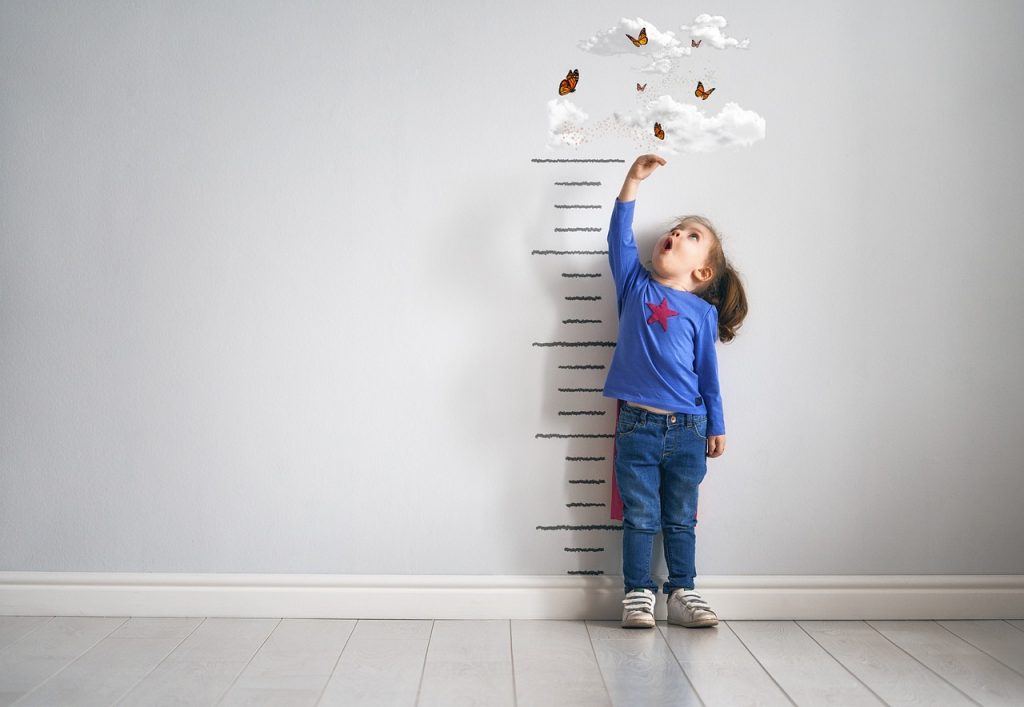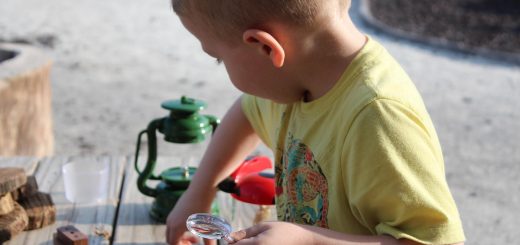how to empower our kids with habits of mind

part 2 in a 4-part series about growth mindset and how it can lead to sustainability of success.
“the power of mistakes” and study habit strategies
Written by: Miguel Lopez and Marissa Croft
Edited by: Gabriela Knutson
When you hear the phrase, the power of mistakes, what does that really mean to you? Is it the opportunity to change the way we think about our mistakes? More importantly, what does the word mistake mean to our children? In part 2 of our Growth Mindset Series, we learn more from Mr. Lopez about the Magic of Mistakes.
I sat down with Mr. Lopez and asked him how he would describe the Growth Mindset belief after 22 years of teaching and 11 years of implementing it.
He says growth mindset describes a way a person views and takes on challenges and obstacles. People who have a growth mindset believe that setbacks are temporary situations and with hard work and practice they will eventually improve their skills. For a child, a growth mindset idea is difficult to understand. As a teacher, he noticed that students needed to see the impact of a growth mindset for themselves before they understood it or believed in it. Students needed to have their own “Aha Moment.” For instance, some students come in with the idea that they weren’t ever going to be good at math. Some students had practiced and studied, and they just weren’t proficient. Improving a child’s growth mindset required steps for students to understand what it was, and they needed to understand the necessary strategies and skills to improve their growth mindset. Students will discover their self-efficacy and locus of control by noticing their own growth. He provides that discovery by having students’ data track themselves.
Mr. Lopez adds many teachers have mentioned that students will not try to participate in class because of doubt or apprehension. Those perceptions will hinder them from being risk takers and or asking inquisitive questions. We need to change the perception of risk taking and making mistakes. The more risks they take the more they learn. They shouldn’t fear looking inferior to others, because it’s their process of learning.
One of the ways Mr. Lopez builds his students’ repertoire of studying/practicing strategies is through trial and error. The class begins by talking about certain studying strategies they use that have worked for them. Interestingly enough, many of his students don’t have many strategies. Parents and teachers assume that students just know how much to study and where to study. Students ultimately find that in order to build sustainability of success they will need to study EFFECTIVELY, and many things need to be taken under consideration.
As a class the students then focus on one strategy at a time to implement and use for the following exam. This is an opportunity for children to learn how powerful mistakes are because their mistakes will lead to finding the strategy that works best for them.
Mr. Lopez says take it slow and introduce one strategy at a time. Then, document the strategy that was used, and the amount of time used to study daily in a progress sheet. Students will record their study habits daily until the day of the exam. After the exam, students then reflect on how useful the strategy was according to the grade they receive. Parents can also monitor students’ use of the strategy’s effectiveness.
He continues, “As the school year goes on, I introduce other study strategies that students can use if they found previously used strategies ineffective. With the help from parents, students can also adjust study time and study environment. I periodically will ask parents to reflect with their scholar what they have found out about their progress in relation to their study habits. For over 20 years, I have found that many students are told to practice and study, but many students didn’t really know what that meant. They didn’t know that they needed to find the study strategies that worked best for them. Students realize that ultimately if they want to be successful at anything it’s under their control (locus of control). As an educator, I have found this to be more impactful on students than any academic lesson I could teach them. Through this process, I see students’ self-efficacy improve, locus of control, and growth mindset improve. Students take ownership of this realization that they have the capacity to execute behaviors necessary to produce their desired performance.“
Building a strong foundation of study strategies and study habits is important but students must also understand the connections between their practice and how the brain works. Take a moment with your child to watch the “Growth Mindset” video from ClassDojo below.
Through this process of discovering the power of mistakes, students are also taught how their brains work. Mr. Lopez will make that connection through the use of ClassDojo’s “Growth Mindset” videos, students learn how and what their brains need to grow stronger.
To summarize: A student needs to be taught how to study. A parent and educator can model study techniques, but someone needs to teach the child the study strategies. Mr. Lopez says scholars need to not only find effective ways to study but also develop effective study habits. Children improve by building upon study strategies and eventually they’ll be able to pick and choose and come up with their own.
These are some things to consider when selecting where and how to study. We’ve compiled a short list of suggestions:
- create a quiet space in your house
- assign a clutter free space
- use headphones to block out noise
- assign a study area with the appropriate study essentials for example, pencil, eraser, sharpener, paper, and highlighters
- limit screen time
- limit interruptions
- try to encourage sitting instead of laying down in a bed
There are many study strategies to consider as well. We’ve combined ours with some of Mr. Lopez’s suggestions.
- Cornell Notes
- note cards
- graphic organizer
- tiered study guide
- a study schedule
- a study to-do list
- a time management schedule, work with your child to figure out what works best for them. For example, study for 15 minutes then take a break for 5 minutes. Breaks should not include screen time. This doesn’t give the brain time to relax and reset.
- for older children, give them the time to study. They have busier schedules, so I was asked by my oldest daughter to let her have the time to study and refrain from asking her how much studying she had to do.
A parent can adjust these strategies to best fit their child and it’s imperative that parents work with kids on their progress.
Let’s explore more with Mr. Lopez in part 3 of our series as we further discuss how children can find the connection between practicing and how their brain works.
For Part 1 in this series click HERE






